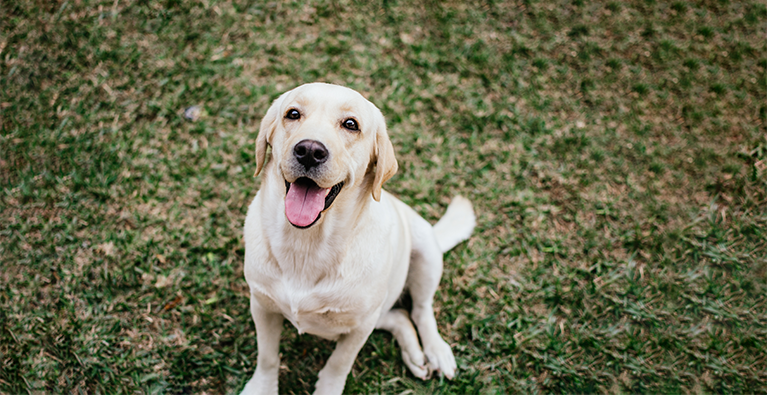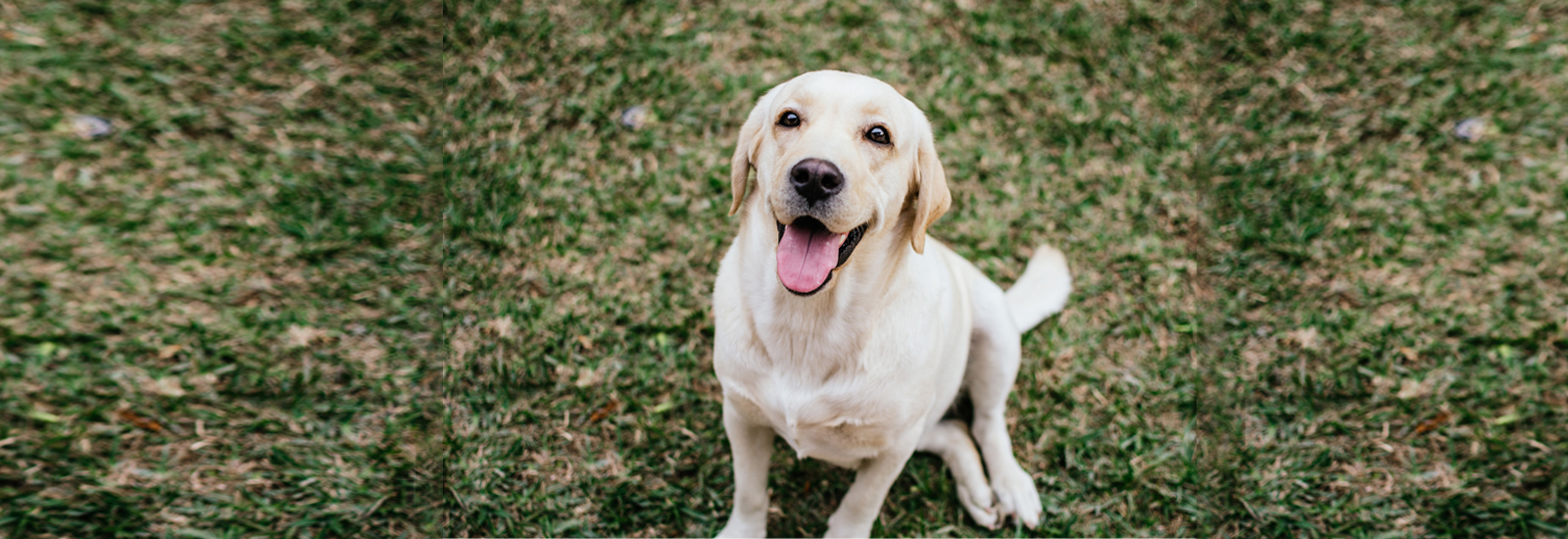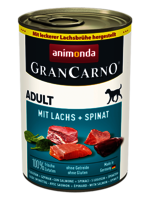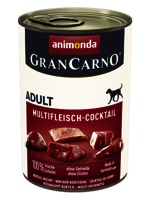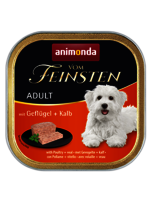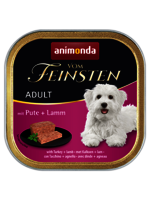When a dog is not drinking enough
There are a number of reasons for dogs not drinking enough. Here, we list the most common causes and provide a guideline on how much dogs should drink. We also provide several tips on how you can get your dog to drink more.
How much should a dog drink per day?
How much water a dog needs depends on a variety of factors. A rough rule of thumb is around 40 to 50 millilitres of water per kilogram of body weight. In other words, a dog weighing 8 kilograms should drink approximately 320 to 400 millilitres of water per day, while a dog weighing 20 kilograms should drink between 800 and 1000 millilitres. How much fluid the dog actually requires depends not only on its weight, but also on the following:
- The dog’s level of activity
The more active a dog is, the more water it needs. This is why you should never forget to plan an adequate supply of water for your dog on long excursions.
- How hot it is
Just like us, dogs require much more water on hot days. This is primarily because they lose a lot of fluid when they pant.
- The type of food it eats
The amount of water a dog should drink per day also depends largely on the type of food it is given: with wet food, your pet will need much less additional water than with dry food.
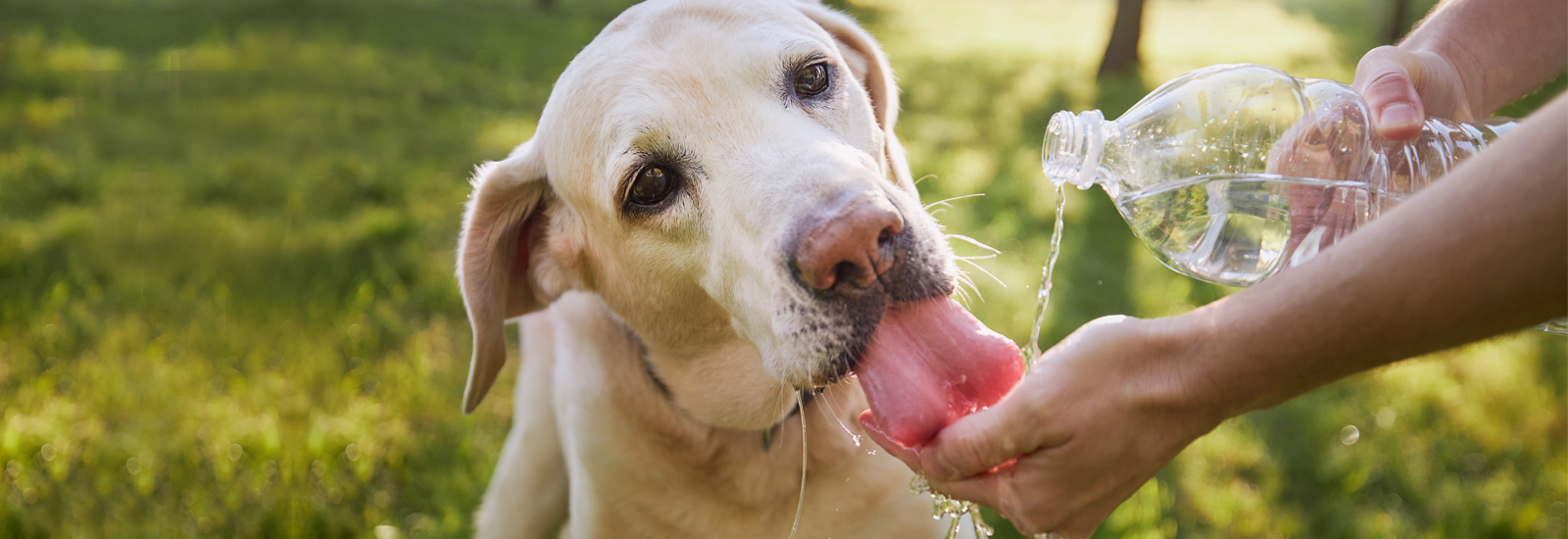
How can you tell if a dog is not drinking enough?
If a dog is very inactive and sleeps a lot, and if it appears to be lethargic, does not like to go outside and does not urinate much, the reason may be a lack of water. This could be because the dog does not have enough water readily available, however the dog may be drinking too little for other reasons. In the worst case, this can lead to dehydration, circulatory collapse, stone formation in the dog’s bladder and heat stroke.
To find out if your dog has not been drinking enough fluids, you can use the following methods:
- Urine test
The darker the urine, the stronger its smell and the less the dog urinates, the more likely it is to have a water deficiency. - Pinch (skin turgor) test
Form a fold of skin by gently pulling on the skin of the dog’s neck and observe how quickly it returns to its original position. The slower this happens, the more likely it is that the dog is dehydrated. - Gum test
Press your finger on your dog’s gums below its teeth. The gum will briefly turn white and should return to a pinkish colour within two seconds. If this is not the case, it could indicate a lack of fluids. - Checking the amount of water consumed
Unless your dog does drinks water from another source when you take it for a walk, you simply have to measure the water you put in the water bowl. After 24 hours you can calculate how much water your pet has consumed. With dry food you will see the actual amount of water drunk, whereas with wet food you must bear in mind that that your dog will have also consumed the liquid contained in the food.
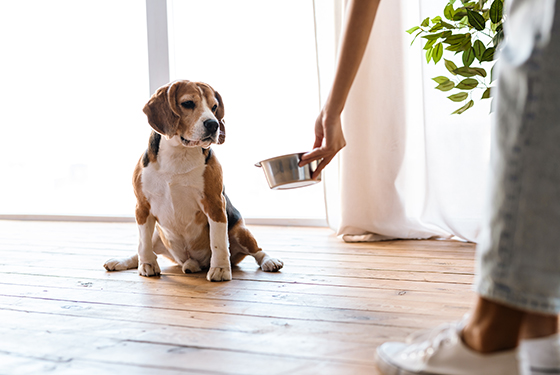
Why is my dog not drinking enough water?
If you have the impression that your dog is not drinking enough, you should find what is causing this. Otherwise, your dog’s health can suffer. You may, however, be mistaken:
- Changing from dry to wet food
If you switch from dry to wet food or raw feeding (BARF), you are sure to notice that your pet will suddenly be drinking much less. This is, however, normal because your dog will now be consuming a lot of liquid with its food.
- Stressful situations in everyday life
If a dog is constantly undergoing stress, this can affect its eating and drinking behaviour. Is perhaps another dog terrorising your pet? Are children teasing it all the time? Or is a family member being too strict with it? If this is the case, you should put a stop to these or similar situations.
- Problems relating to the drinking bowl
Choose a place for the drinking bowl where the dog is able to drink without being disturbed. There is nothing wrong with having two bowls in your home, and if you have a patio, you can place an additional one there. This allows your dog to choose where it prefers to drink and also reminds it to do so. However, not only the location of the bowl, but also the bowl itself can be a problem. For example, some dogs dislike shiny, metal bowls that rattle, while others are not fond of plastic bowls that can start to smell after a while. Or perhaps your pet’s water bowl is constantly sliding around on a slippery floor? Here you can try a non-slip mat or a heavier ceramic bowl.
- Your dog is getting its water somewhere else
You will normally have a fairly good overview of when and where your dog drinks water. However, it may also be drinking unnoticed from the garden pond, the bird bath, puddles or other sources. To be on the safe side, it is best to always bear this in mind.
- Your dog’s state of health
If a dog drinks a lot, this can be due to various medical disorders, such as kidney disease and diabetes. If it drinks too little, conditions such as leptospirosis are thankfully rather rare. Dogs typically refuse to drink for a short time after an operation, and they can also simply forget to eat and drink when distracted by a bitch on heat. The water should also not be too cold; dogs with dental problems in particular will tend to drink very little of it.
What can I do if my dog is not drinking enough?
It is crucially important to find out the cause. Maybe it is related to household stress or problems related to the water bowl, which can be solved. However, perhaps the dog is simply too lazy to drink and needs to be encouraged. To this end, you can spread several water bowls around your home and possibly also on the patio or in the garden. Another option is to use a drinking fountain. One very simple and effective solution is to put water in your dog’s food bowl.
Your pet will then usually lap up the tasty liquid from the bowl before eating the food. Or you can add a little flavour to the water yourself. Put in a small amount of liver sausage, a few bilberries, a pinch of meat broth or some cow’s milk. Tastes vary, so you may have to do some testing. And if you have been giving your dog dry food up to now, you can, of course, switch to wet food. Your pet will then automatically consume more liquids. If, despite your efforts, you are not sure whether your dog is drinking enough, then you should take your four-legged friend to the vet for a check-up, just to be on the safe side.
You may also like this

When a dog has a dry nose
There are many reasons for a dry dog nose

Diabetes in dogs
Dogs too can suffer from elevated blood sugar levels
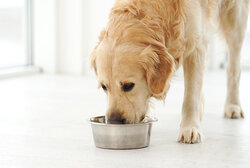
Renal insufficiency in dogs
How to recognise chronic renal insufficiency in your dog

Fever in dogs
What to do if your dog has a high temperature and feels poorly
